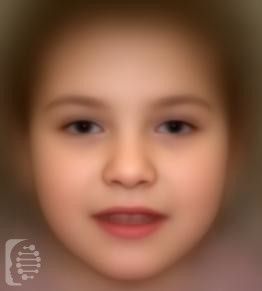What is Rett syndrome?
Rett syndrome is a rare genetic condition that mainly affects girls. It is a neurological syndrome that is diagnosed in infants between the ages of 6-18 months.
It is a progressive condition and one of the first symptoms is a regression in development. It affects around 1 in 10,000 girls.
This rare neurological condition affects all areas of an affected individual’s development, including their ability to walk, eat, speak, and breathe.
What gene change causes Rett syndrome?
Mutations in the MECP2 gene are responsible for the syndrome. 99% of mutations are new mutations.
The syndrome is present almost exclusively in girls, and male infants with a mutation in the MECP2 rarely survive infancy.
In some cases, a genetic syndrome may be the result of a de-novo mutation and the first case in a family. In this case, this is a new gene mutation which occurs during the reproductive process.
What are the main symptoms of Rett syndrome?
The symptoms of the syndrome usually appear between the ages of 6-18 months in female infants who appear to be developing normally from birth.
Slowed and regressive development is one of the initial symptoms of the syndrome. A major symptom is constant, repetitive hand movements.
Other symptoms include intense starting, excessive blinking, cold hands and feet, problems sleeping, and autistic-like behaviors.
The syndrome eventually affects speech, walking, feeding, and breathing ability.
Possible clinical traits/features:
Chorea, Bruxism, Athetosis, Apraxia, EEG abnormality, Simplified gyral pattern, Constipation, Dyskinesia, Drooling, Dystonia, Motor delay, Seizure, Pachygyria, Poor eye contact, Pes planus, Kyphosis, Hypoplasia of the corpus callosum, Gastroesophageal reflux, Intellectual disability, severe, Neonatal hypotonia, Progressive microcephaly, Delayed myelination, Tongue thrusting, Scoliosis, Talipes equinovarus, Spasticity.
How is it diagnosed?
To find out if someone has a diagnosis of Rett syndrome, it is important to have a consultation and evaluation with a clinical genetic specialist. Specialists may also suggest specific genetic testing or other types of tests to help reach a diagnosis. FDNA’s AI technology can help speed up the diagnostic process by analyzing facial features and other health information.

